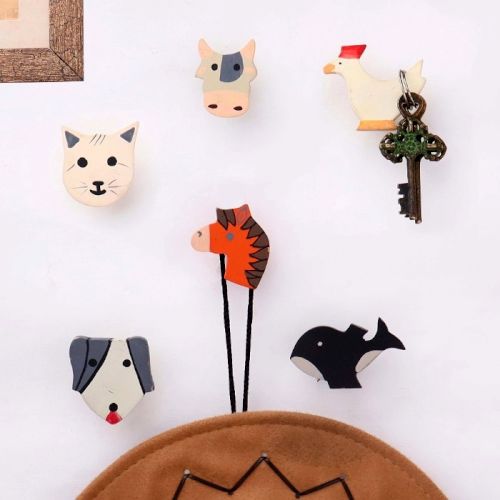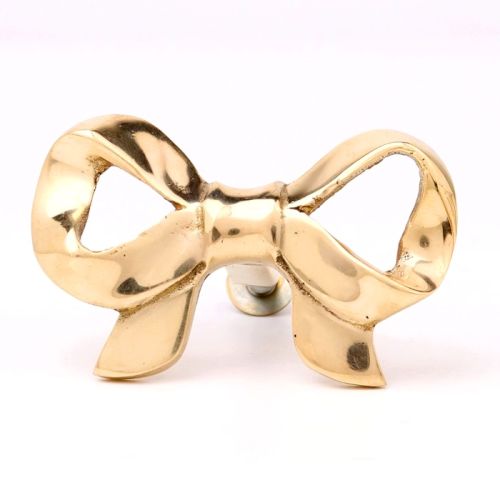Using high-end Vintage Nut Crackers for your home
Our species has been consuming nuts for many years. These nuts are, however, not easily accessible, considering their hard exteriors. It is why humans decided to choose to create these tools like this to help crack open the nuts. What's more, the archaeological sites also show a large number of pitted stone and shells. The most primitive of these sites- Olduvai Gorge is 2.6 million years old. Surely, the development of these tools is an important step in the development of man.
The sophisticated metal Vintage Nut Crackers
There is something extremely special and soothing about the best Vintage Nut Crackers. These vintage products sit well in the hands and carry ergonomic designs. It makes it an excellent choice when you wish to slice through the nuts easily. The years of the manufacturing process do not take a toll on the product or its effectiveness. You will be amazed to see the extensive display of nutcrackers available at our store in various shapes and sizes.
Although we can use local contraptions like stone hammers, less-sophisticated tools like stones, etc., to crack open a nut yet, at some point, our ancestors may have realized the importance of moving away from the traditional way of assaulting and cracking the nuts. There are two major problems associated with the matter - these are hard to control and can easily crack down on the internal kernels. Also, these tools are brittle and thus needed to be replaced often.
Hence, our ancestors developed the first Vintage Nut Crackers made from wood or metal. These consisted of two parts that were held together using a hinge. With little pressure, these could be controlled, and the same left the kernel intact. It was later replaced by more sophisticated versions that made use of technology to give you the perfect results.
Growth and popularity of the Vintage Nut Crackers
The Vintage Nut Crackers have been around for a long time. Aristotle is believed to have owned a lever-type version even in 330 BCE! Similarly, a nutcracker belonging to 3-4 century BCE is displayed at a museum in Italy. The latter is one of the oldest known versions of nutcrackers available in the world.
As demand grew, the need to crack bigger nuts was felt. The biggest version of the nutcracker was made in Germany in 2008! It is 10.1 meters in height and resembles a three-story building. Even though it is meant to be functional yet it is more of a display piece.
In India, the Vintage Nut Crackers were designed from high-quality materials like brass last 700 years ago. However, the use of these nutcrackers was limited as we often use groundnuts, almonds, cashew, etc., to crack open these nuts. Yet, areca and similar hard nuts can require the use of nutcrackers. Also, nutcrackers and nut cutters were the two essential tools used to handle these hard nuts.
Why were Vintage Nut Crackers popular?
One of the prime reasons for the Vintage Nut Crackers to become popular was using these as an accessory for chewing paan (betel leaves). Although paan chewing dates back to Vedic times yet the nutcrackers came at later stages. Since betel nuts are the core part of the paan, this areca nut needs to be cracked down. It is why the use of nut cutters and nutcrackers grew extremely in the last hundred years.
Slowly, these tools became the core part of the human lifestyle, and it is observed that in Bengal, a small ornamental version of these Vintage Nut Crackers is carried by the groom and then used to apply sindoor to the girl's head. These tools called Jatahs represent nut cutters in design and carry intricate patterns and carvings using expensive metals like silver and brass. Hence, these become the core part of Indian tradition and are a good collectible.
These can have motifs ranging from animals, birds, flowers, creepers, etc. The Vintage Nut Crackers from the towns like Jamnagar, Anjar, etc., were highly sought-after due to their ornate designs. These vintage beauties can be flaunted as an object of personal taste, collectibles, or fashion from the bygone era.
The mainstream use of these nutcrackers is limited, yet these look amazing when displayed in your home as living room decor. Since these nutcrackers are no longer manufactured mainstream, our team curates the best ones from all over the nation and gives them a makeover to bring the best product for your home decor. You can amp up your Vintage decor and leave a lasting impression or gift it to a loved one on a wedding or anniversary by adding these.
What is a vintage nutcracker and where did it originate?
A vintage nutcracker is more than just a kitchen tool; it’s a piece of history carved into wood or molded in metal. Traditionally used to crack open tough nut shells, vintage nutcrackers first gained cultural importance in Europe, especially Germany during the 15th century. These weren't just tools — they were often crafted into soldier figurines, kings, or mythical characters, believed to ward off evil spirits. Over time, their artistry spread across the world. Unlike the purely functional nutcrackers today, vintage ones carry symbolic meaning, blending craftsmanship with everyday utility. Holding one is like holding a small fragment of a time when even daily chores carried beauty, pride, and a personal story — a quiet reminder of an era that valued both form and function.
How is a vintage nutcracker different from modern or contemporary nutcrackers?
Vintage nutcrackers and modern nutcrackers serve the same purpose but live in different worlds. A vintage nutcracker often tells a story — through its hand-carved details, traditional clothes, and often whimsical faces. It reflects the patience, artistry, and cultural aesthetics of the time it was made. On the other hand, most modern nutcrackers are made with a clear emphasis on efficiency: simpler lines, often mass-produced, and less personality-driven. Vintage pieces feel heavier, more textured, and visually richer. Their mechanisms — whether lever-style, screw, or mouth-operated — carry a certain mechanical honesty. A modern nutcracker might crack the nut quicker, but a vintage nutcracker cracks it with a story whispered through every worn groove and every aged brushstroke of paint.
What are the different styles or types of vintage nutcrackers?
Vintage nutcrackers come in delightful varieties, each shaped by geography and craftsmanship. The most iconic are the figurine nutcrackers — crafted like soldiers, kings, and fairy tale characters, often seen standing proudly with vibrant colors. Lever nutcrackers made of iron or brass were popular too, with designs ranging from animals to mythological beasts. Then there are screw nutcrackers, where you twist a handle to gently press the shell open — often small, intricate, and made for delicate nuts. Carved animal nutcrackers, shaped like squirrels or birds, were also treasured in European households. Each type isn’t just functional but often a quiet reflection of the artisan's imagination and regional storytelling — a marriage of form, craft, and utility that survived the passing trends.
What materials are commonly used in vintage nutcrackers?
Vintage nutcrackers are a story of materials rooted in nature and tradition. Wood — especially beech, walnut, and oak — was the most beloved material, hand-carved and painted with natural dyes. Metals like cast iron, brass, and bronze were also widely used, especially for mechanical styles like lever and screw nutcrackers. Some regions even experimented with bone or ivory, though those are rarer and now ethically controversial. Each material shaped not just the look but the personality of the nutcracker — wood offered warmth and color, while metals promised durability and elegant, timeless lines. When you touch an old nutcracker, you’re not just feeling wood or iron; you’re feeling a piece of the earth itself, patiently shaped by human hands.
What motifs or designs are common on vintage nutcrackers?
Motifs on vintage nutcrackers often carry rich cultural and mythical significance. Soldiers, kings, jesters, and woodland creatures dominate the visual landscape, especially in German nutcrackers from the Ore Mountains. Many were dressed in military uniforms, symbolizing strength and protection. Animals like squirrels and birds, natural nut collectors themselves, were also popular inspirations. Some designs weave in medieval or fairy tale elements — dragons, witches, and magical folk. Floral carvings and geometric patterns appear in simpler, rustic versions. Every painted button, feathered hat, or curled mustache hints at an era when even a humble tool could echo storytelling traditions, social values, and festive beliefs. These motifs didn't just crack nuts; they cracked open a whole world of imagination each time they were used.
Where can I buy authentic vintage nutcrackers online?
Finding an authentic vintage nutcracker is like treasure hunting across the digital world. Trusted places include IndianShelf, Etsy, eBay, Ruby Lane, and specialized vintage decor shops. Chairish and 1stDibs also feature high-end collectible nutcrackers. Some antique dealers host their own online auctions where rare and well-preserved pieces appear. When browsing, look for detailed photos showing patina, wear, and craftsmanship — authenticity often reveals itself in the small imperfections and aging of the paint or metal. Reading seller reviews, checking return policies, and asking for provenance information also helps. Some Christmas markets, especially German-themed ones, hold virtual booths during the season. Buying vintage online demands patience but the moment you hold that one piece, it feels less like shopping and more like reclaiming history.
How can I incorporate a vintage nutcracker into a modern home setup?
Vintage nutcrackers fit surprisingly well into modern homes when placed thoughtfully. Instead of hiding them away, let them become a centerpiece — on a minimalist bookshelf, a kitchen counter, or a festive dining table. They bring an organic texture to sleek spaces, breaking the monotony of glass, metal, and white walls with warmth and nostalgia. You can cluster a few together by theme (soldiers, animals, characters) or make one statement piece stand alone under a spotlight. Some people even frame rare nutcrackers in shadow boxes. Around the holidays, vintage nutcrackers on mantels, console tables, or even by the doorway offer a storytelling warmth that modern decor often lacks. They aren’t just decor; they’re conversation starters and silent keepers of old tales.
How are vintage nutcrackers preserved and celebrated today?
Vintage nutcrackers are lovingly preserved both as collectibles and cultural icons. Restoration specialists carefully repair cracked wood, faded paint, or rusty joints without erasing the character that age bestows. Museums like the Nutcracker Museum in Washington, USA, celebrate them through exhibitions that explore their artistry and history. Around Christmas, festivals and fairs revive the joy of these figures — often selling handcrafted reproductions alongside true vintage finds. Some collectors curate entire rooms or seasonal displays dedicated to their collections, treating each nutcracker as a personal relic. Online communities share photos, histories, and care tips to keep the tradition vibrant. Through careful restoration, storytelling, and seasonal reverence, these old guardians continue to smile, year after year, generation after generation.
How is vintage nutcracker culture linked to sustainability?
Vintage nutcracker culture breathes sustainability at its core. Unlike mass-produced modern decor that quickly ends up in landfills, vintage nutcrackers are built to last — repaired, treasured, and passed on. They encourage the philosophy of reuse, honoring craftsmanship instead of disposable consumerism. Every vintage nutcracker reused or gifted keeps wood, metal, and creative energy alive rather than demanding new resource extraction. Moreover, collecting vintage nutcrackers supports artisanship over mass industry — a silent nod to slower, mindful living. In a world rushing toward fast everything, vintage nutcrackers remind us that beauty, function, and environmental consciousness can coexist. They’re tiny, colorful ambassadors of a more sustainable way of appreciating and consuming — one that sees value in what already exists.
What are the best vintage nutcracker gift ideas?
Gifting a vintage nutcracker is like handing over a story wrapped in craftsmanship. Figurine nutcrackers, especially those shaped like soldiers, kings, or whimsical creatures, make heartwarming gifts during the holidays. Animal-shaped nutcrackers — squirrels, owls, or bears — charm both children and adults. For culinary lovers, a sturdy vintage lever or screw-style nutcracker paired with gourmet nuts can create a thoughtful, usable gift. Some collectors love themed sets — like three nutcrackers representing fairy tales or historical figures. When gifting, it’s nice to include a handwritten note explaining the piece’s history or craftsmanship; it deepens the emotional weight. Vintage nutcrackers aren’t just gifts; they’re heirlooms waiting for a new chapter — small, tangible blessings meant to last a lifetime.
How to clean and maintain vintage nutcrackers?
Cleaning vintage nutcrackers is an act of respect more than routine. Use a soft, dry cloth to dust them gently; avoid water unless absolutely necessary. For stubborn dirt, lightly dampen a cloth — but never soak wooden parts, as moisture can warp or crack them. For metal nutcrackers, use a tiny bit of natural oil (like mineral oil) on a cloth to prevent rust. Never repaint or heavily sand a vintage nutcracker unless you’re restoring with professional care — the worn paint tells its story. Store them in a dry, cool place, away from direct sunlight to preserve colors. And every year, during festivals or change of seasons, bring them out, touch them, let them breathe. Care becomes a small ritual of connection.
How old does a nutcracker need to be to be considered “vintage”?
In general, a nutcracker is considered “vintage” if it’s at least 20–30 years old. Some collectors set a stricter bar, calling pieces from the 1950s–1970s vintage, while anything older (say, early 1900s) moves into “antique” territory. But “vintage” isn’t just about years — it’s about the feel, the techniques used, and the life it has lived. A nutcracker from the 1980s, if hand-carved and carrying traditional styles, can feel much more vintage than a 1960s piece that looks mass-produced. It’s a combination of craftsmanship, condition, and cultural echo. At its heart, calling something vintage means recognizing that it carries a spirit from a different time — something not easily replicated in today’s rushed world.
Can I use vintage nutcrackers for everyday nut cracking?
Yes, you can — but with mindfulness. Many vintage nutcrackers, especially lever and screw styles, are sturdy enough for daily use. Figurine-style nutcrackers, though, are often more decorative; their “mouth lever” mechanism might not handle hard-shelled nuts without risk of damage. If using one regularly, pick a design built more for function than fancy. Also, consider the wood’s condition: if it’s dry or cracked, forceful use could worsen it. Using a vintage nutcracker can make even a simple moment — cracking open walnuts during winter — feel rich with nostalgia. Just remember: treat it less like a machine and more like an old friend — with a little patience, a little gentleness, and a lot of appreciation for its journey.
What’s the difference between vintage and antique nutcrackers?
The line between “vintage” and “antique” nutcrackers is mostly about age and context. Typically, vintage means the piece is around 20–99 years old, while antique usually refers to items 100 years or older. However, the difference isn't just numbers — it’s texture, feeling, and design philosophy. Vintage nutcrackers (say, from the 1950s–70s) often reflect playful, colorful mid-century styles, while antique nutcrackers from the 1800s carry heavier, sometimes more serious craftsmanship, with darker wood tones and more somber figures. Functionally, both can still work, but antiques might need gentler handling due to age. Emotionally, an antique feels like holding a deep breath from the past; a vintage piece feels like walking alongside history still alive and humming quietly in your hand.
Are enamelware and cast iron vintage nutcrackers safe for modern use?
Generally, yes — enamelware and cast iron vintage nutcrackers can be safe for modern use if they’re in good condition. Check for major cracks, loose joints, or flaking enamel. For cast iron, a little surface rust isn’t a problem; it can be gently cleaned off and oiled. Enamelware should be free of lead-based paints, especially if it’s from pre-1970s. If unsure, reserve particularly old or fragile pieces for decor rather than daily cracking duty. Safety isn't just about materials; it’s about the current condition after decades of existence. With a little maintenance — cleaning, oiling, gentle use — these old warriors can still crack open life’s little treasures, blending nostalgia and functionality beautifully into today’s living spaces.
How do I clean and maintain old vintage nutcrackers?
Old vintage nutcrackers crave a kind, slow approach. Begin with a soft-bristle brush or a microfiber cloth to remove dust. For stubborn dirt, slightly dampen the cloth — but never soak, especially if it's carved wood. Metal parts (like screws or levers) can benefit from a tiny bit of mineral oil rubbed on a cloth to prevent rust. Avoid chemical cleaners or abrasive scrubs — they can strip delicate paint and patina. Store the nutcracker away from sunlight and high humidity. Some enthusiasts even wrap them in acid-free paper for long-term storage. Maintenance isn't just about appearance — it’s about honoring the silent history etched into every chipped corner and faded color. Caring for them becomes almost meditative over time.
Is a vintage nutcracker suitable for use in small kitchens or apartments?
Absolutely. Vintage nutcrackers are compact treasures, perfectly suited for small spaces. Most are designed to be handheld and don’t require special storage. Figurine nutcrackers double up as decor — standing guard on a shelf or kitchen counter when not in use. Lever or screw types can slip easily into a drawer or hang from a hook. Plus, their aesthetic warmth adds charm to tight spaces where every object has to earn its place. In a small kitchen, every tool should feel like part of the family — and a vintage nutcracker, with its rich textures and history, fits right in, offering both functionality and soul. They’re a whisper of tradition tucked neatly into the modern heartbeat of apartment living.

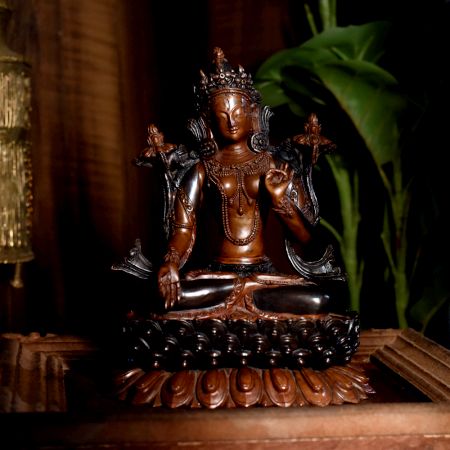
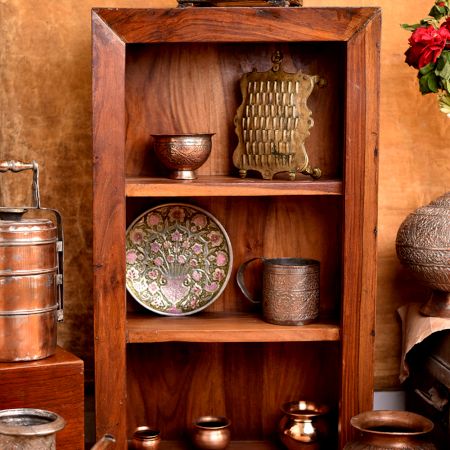
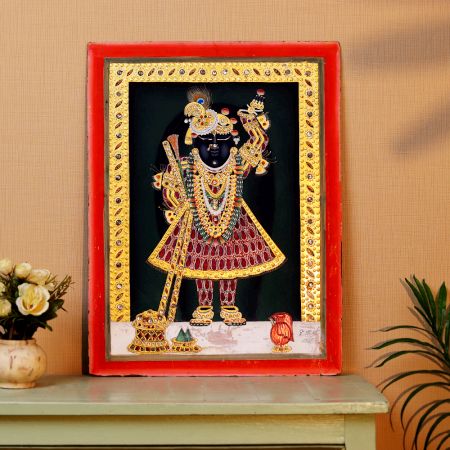

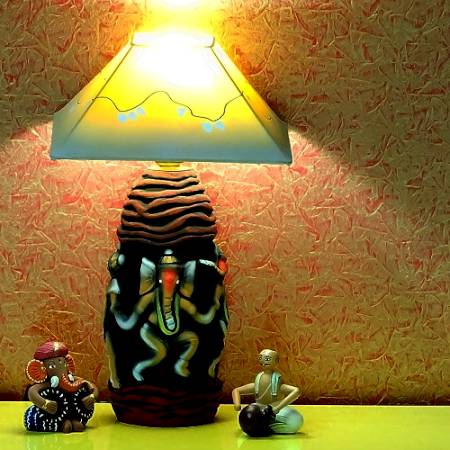


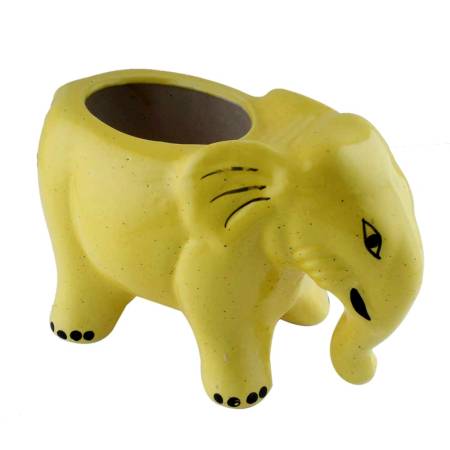
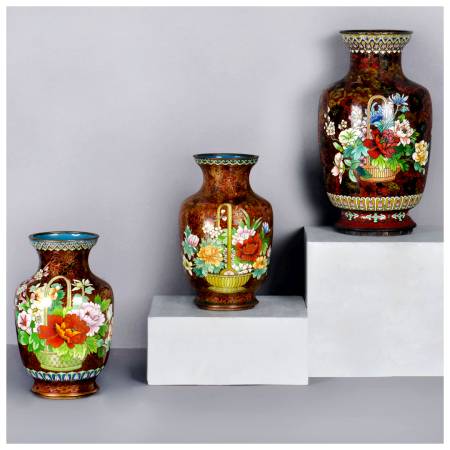
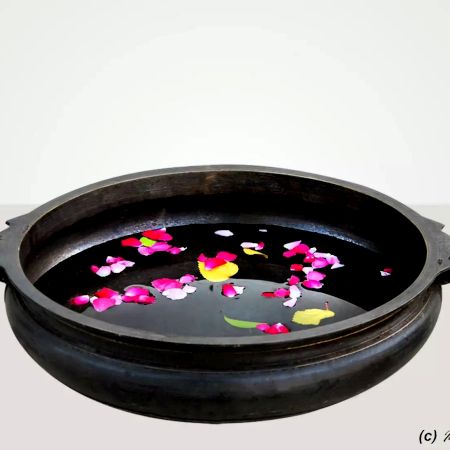
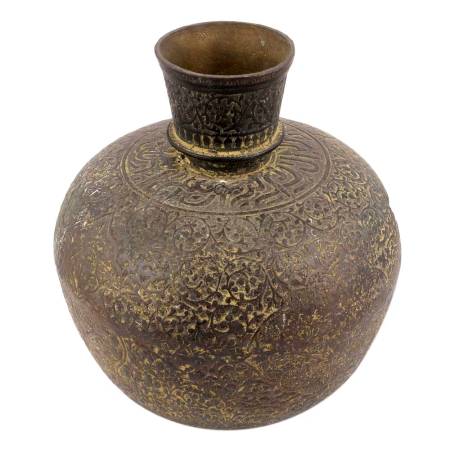
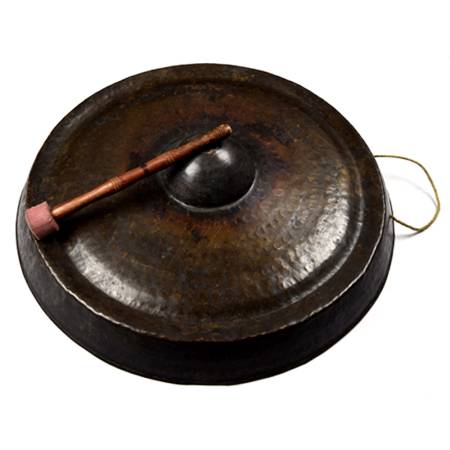

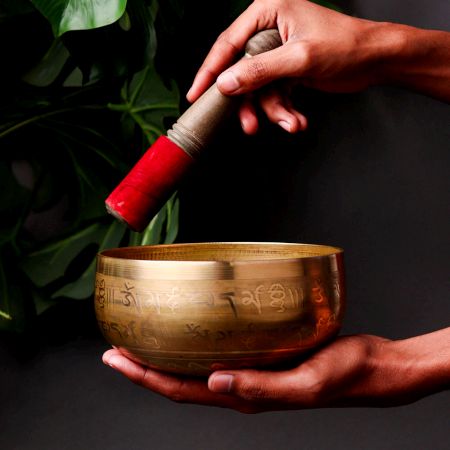
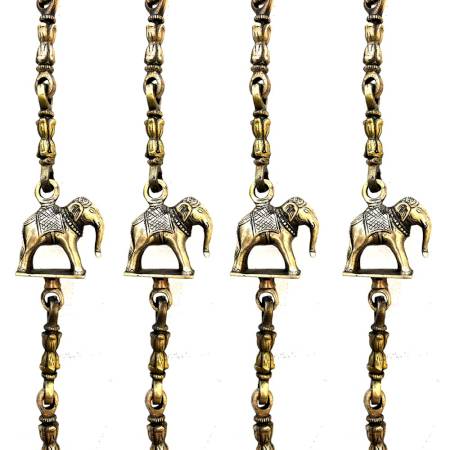
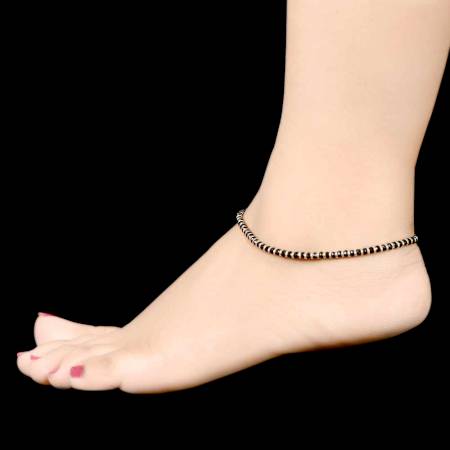
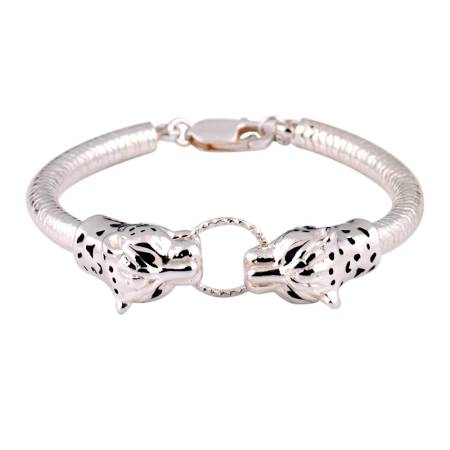
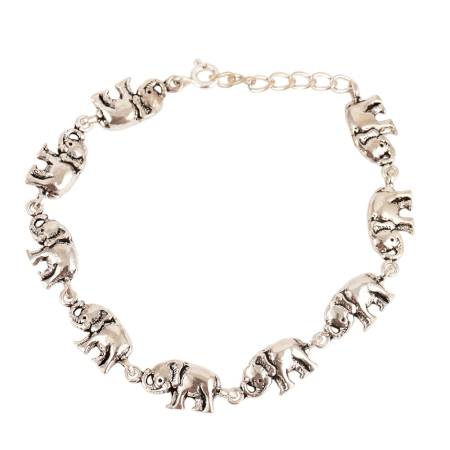
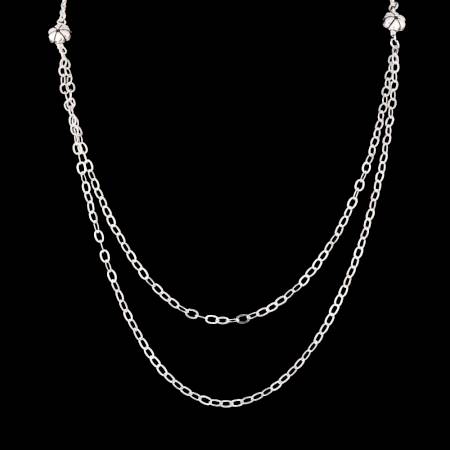
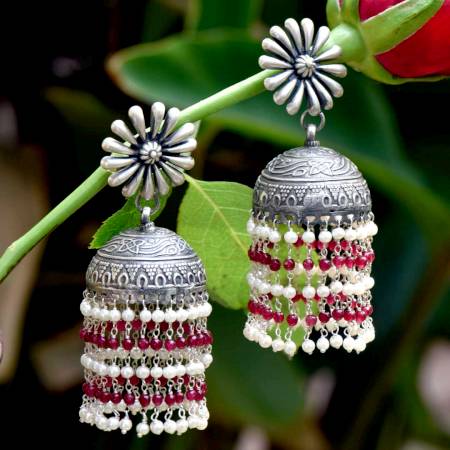
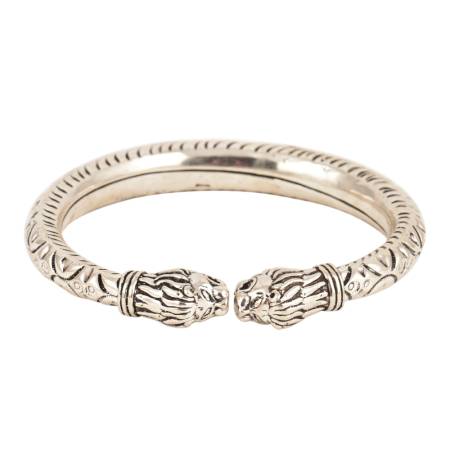
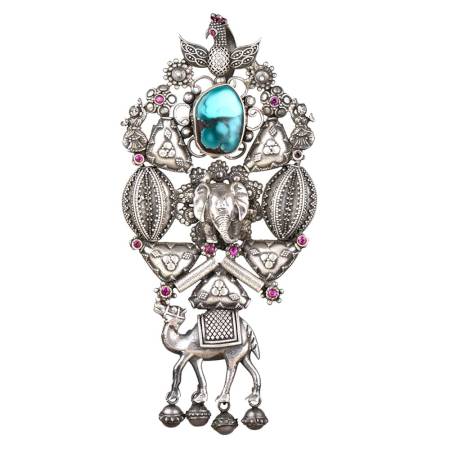

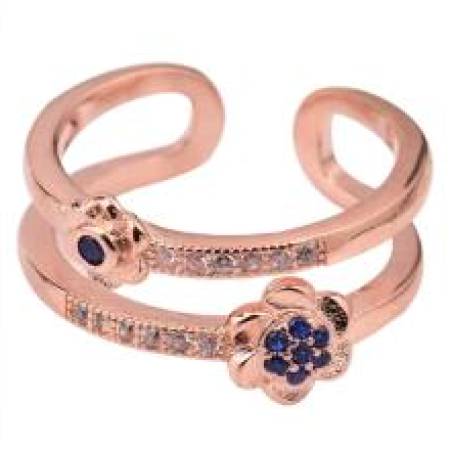
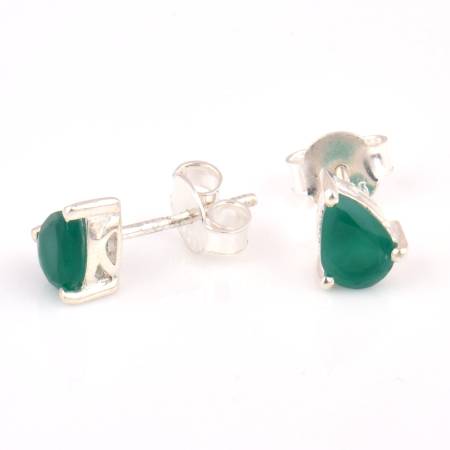

.JPG?ver=1.7)
.JPG?ver=1.7)
.JPG?ver=1.7)
.JPG?ver=1.7)
.JPG?ver=1.7)
.JPG?ver=1.7)
.JPG?ver=1.7)
.JPG?ver=1.7)
.jpg?ver=1.7)
.jpg?ver=1.7)
.jpg?ver=1.7)
.jpg?ver=1.7)
.jpg?ver=1.7)
.jpg?ver=1.7)
.JPG?ver=1.7)
.JPG?ver=1.7)
.jpg?ver=1.7)
.jpg?ver=1.7)
.JPG?ver=1.7)
.JPG?ver=1.7)
